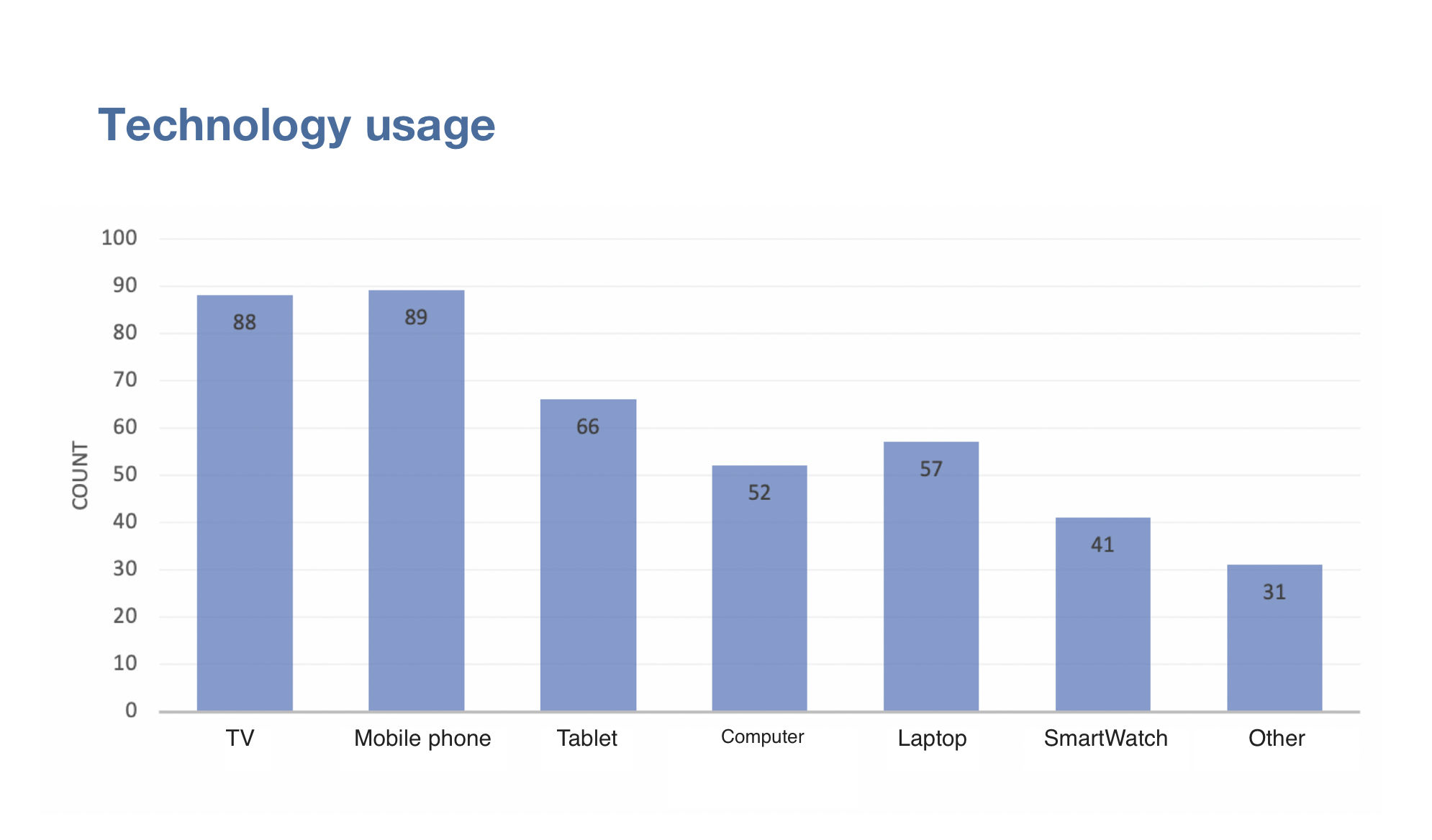Technology’s role in assisting Northern Ireland’s carers

Technology can play a vital role in alleviating pressures on carers and addressing loneliness, says Ulster University’s Joan Condell.
The Community Renewal Fund eCareWell project began in November 2021, and will run throughout the duration of 2022. Researchers at Ulster University are working in partnership with the Design Innovation and Assisted Living Centre, the Health Innovation Research Alliance Northern Ireland (HIRANI), Digital Catapult NI, as well as several charities and local community groups.
Condell, who is a professor at Ulster University’s Intelligent Systems Research Centre, explains that the project’s participants are generally made up of carers who have a third-level qualification, with people of varying levels of care requirements.
19 technologies in the eCareWell project
Nineteen technological devices and/or apps are being piloted to establish the effectiveness of Northern Ireland companies products for carers in communities. These technologies are wearables, virtual reality, apps, and supporting devices. The project encompasses a variety of care settings, from carers who live with the patient, to people caring for parents, and parents caring for a child who requires care.
The wearable devices are NeuroValens, B-Secur, ActionSense, Maragoo, and SkinAkin. These devices are able to pick up on sensory motion, heart beats, and other important health concerns, for the purpose of ensuring that a carer who may not physically be with the person for whom they are caring. It also eases the process of establishing the progress or health decline of the person being cared for, and can be used for patients of all ages, whether children or elderly.
The virtual reality devices are Inclusiv and eXRT, which can be used to encourage sensory stimulation, particularly useful for people who suffer from dementia.

Additionally, there are a wide range of smart communication apps with supporting devices, which can be linked up to televisions, smartphones, tablets, or computers, which are able to ease the communication and anxiety burdens of carers who are not physically able to be with the person they are caring for.
“If someone is caring for someone, and they cannot get out of the hairdressers or the grocery shop, we have video technology which can facilitate the carer in getting that relief, exit, or space for themselves; knowing that the person they are caring for is well and content whilst they take some respite.”
Homes for Healthy Ageing
Condell outlines: “In Northern Ireland, there is a strong motivation to improve the care of older adults. One thing that Covid encouraged us to do was to reconnect and engage closer again with our international families and/or friends, anyone that it might be difficult to keep in touch with geographically. The development of these technologies can allow all people to keep in touch with their relatives in care, via video.”
In order to tackle this challenge, Condell explains that she created a consortium in 2021 to apply for the Homes for Healthy Ageing Challenge set out by Connected Places Catapult. The Northern Ireland Consortium delivered a multi-site testbed that encompassed real world urban and rural settings focused on reducing social isolation.
In the testbed, cohorts of over 65-year-olds were engaged with to identify innovative ways of enhancing social connectedness in our ageing population.
She further outlines that some of the aspects that has previously been seen as challenges, such as rural access to WiFi and the willingness of older people to use technological devices, had not been as challenging as initially feared in both the Homes for Healthy Ageing and the eCareWell projects.
Successes and challenges
Condell emphasises the wider need for a loneliness strategy to be established in Northern Ireland, a challenge for the dormont Northern Ireland Executive.
The UU professor further states that there needs to be more engagement with a wider variety of stakeholders, in order to ensure that there is sufficient level of understanding of the complexity of the needs of those cared for, and those who are carers.
There is promise in that older people who have taken part in the project have expressed satisfaction with the project, and are willing to engage in such projects in order to improve their quality of life.
Furthermore, those older people who do not regularly use technological devices were generally able to rely on others in their circles for assistance with such devices, as well as being supported by the Ulster research team on a weekly basis.
However, ensuring that those who are socially isolated are able to avail of such technology will be key to ensuring that quality of life can be improved for all adults in care.





